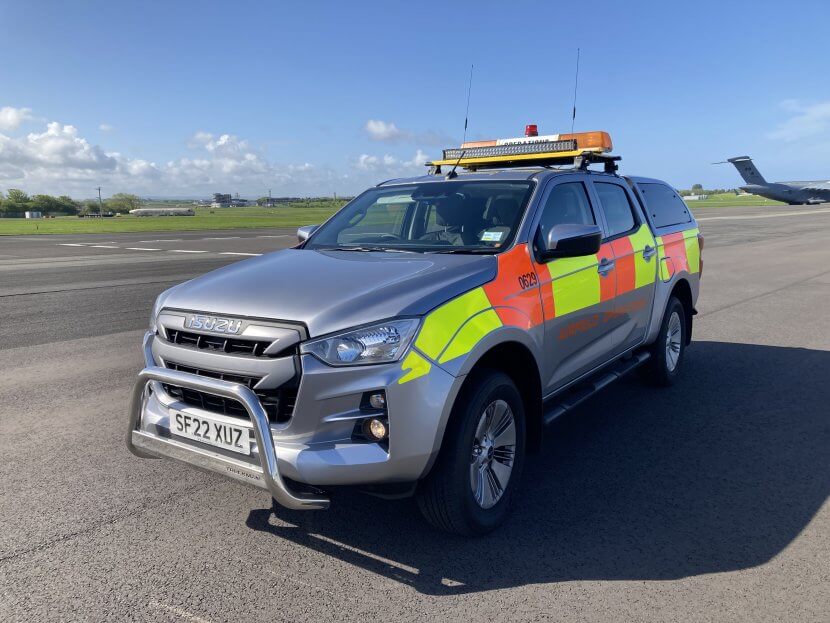When any long-term contract or warranty is coming to an end, there will inevitably be questions about the service the customer has received, and whether it is worthy of renewal. Most of us will have thought long and hard about mobile phone contracts, for example, or perhaps car insurance, but what happens when the agreement is in relation to bird dispersal systems? Here at Scarecrow, we were delighted when Glasgow’s Prestwick Airport chose to renew with us.
Those in charge of airport operations know all too well about the potential dangers that wildlife can represent, whether it’s in relation to flocks of birds, herds of deer or the encroachment of individual species such as foxes and badgers. One of the many plus points of having Scarecrow bird management products available is not only the ability to humanely scare birds and other wildlife away, but also to monitor their presence, record their movements, analyse and report both short- and long-term trends.
Glasgow Prestwick is an excellent example of an airport that has been proactive in its wildlife management. Located 30 miles or so from the centre of the city on Scotland’s iconic west coast, the facility has to deal with a number of potential issues on a daily basis. It represents a good example of a diverse airport, handling both commercial and military flights and, in the next couple of years, also becoming one of Europe’s leading spaceports.
While some of the issues facing Prestwick each day will be all too familiar with other airport managers, some will be a little more specific. Ops Supervisor Gordon Hainey told us that herring gulls are a particular bird problem there. This may be, in part, because Prestwick is a coastal airport and is in the direct flightpath for birds heading inland to a landfill facility where there’s always a source of food to be found.
Other types of birds that are problematic include waders, and they’ve had to contend in the past with the occasional deer. One of the more intriguing issues surrounds the presence of some extremely clever corvids. “Our vehicles are painted in very specific colours,” said Gordon, “purely because corvids are intelligent enough to identify them.” Another cause for concern lies in the fact that Prestwick is a maintenance facility for aircraft, and birds can potentially build nests in planes that have remained stationary for extended periods of time.
User-friendliness has been a key to effectiveness of bird control methods
Prestwick has made great use of Scarecrow’s state of the art B.I.R.D. Tab system over the past five years. The ability to monitor bird activity is obviously an important aspect of their operations at Prestwick, but Gordon and the team are also proficient in creating regular reports on habits and activities. “We like the fact that it’s so user-friendly,” he said, “and it even enables us to add more species manually as and when necessary.”
Another crucial use of the system lies in investigations after a bird-strike or a near miss. B.I.R.D. Tab has enabled Prestwick to check back on bird activity before any incident took place, and resultant surveys have allowed the team to recommend various areas that need further attention. Even altering the team’s shift patterns from time to time has been as a result of monitoring all relevant movements.
Like all busy airports, Prestwick has needed to work hand in hand with the local community in order to remain as safe as possible. Gordon and the team make regular visits to nearby businesses – anywhere within a 13-kilometre radius comes under this arrangement – to retain as much control as possible with bird movements. Activities elsewhere can inadvertently encourage bird flocks to come closer to the runways. For example, activities such as the landfill site changing its operating hours, or the regular use of a bird of prey to control birds and disperse them from a nearby industrial facility.
Various bird species can increase activity at certain times of the year in all locations, and Prestwick is no different. “We have increased numbers of waders through September till February,” Gordon informed us, “and we see more jackdaws from March.” The versatility of the B.I.R.D. Tab system comes into its own when recording such information, giving operators an opportunity to easily monitor movement, numbers, direction and actions over a period of time.
This enables airport managers to have access to vital information that can be used for in-depth interpretation of wildlife activity, allowing for better pest management and making the facility safer for everyone. And with Prestwick about to develop into a hugely prestigious spaceport as well, the benefits brought by the B.I.R.D. Tab system become even more apparent. This particular facility is entering into a whole new chapter in its history, and Scarecrow is delighted to be with them.
Gordon is equally pleased. “Scarecrow has given us a wonderful opportunity to understand more about the local wildlife movements, and in the process has enabled us to become a safer environment for passengers, crew members and the local community”, he told us. “We had no hesitation in renewing.”


